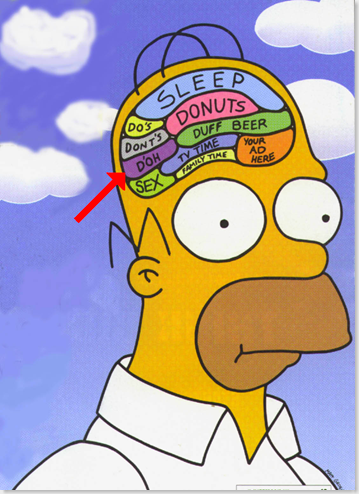BJJ insight
As a beginner it's easy to get new ideas about how to practise and what is important. I was filling out John Will's blueprint for a game plan. It has position and you fill out "attack", "transition", "defence". I started from closed guard because that was the position we practised at our bjj class previously. My plan is to go for collar with a cross grip as deep as possible and break opponents posture with help of another hand on skull/neck. First attack is a choke. Next is an armbar or a sweep... BUT every attack depends on what my opponent is doing. It's not fruitful to just list attacks. You need to know the conditions in when to go for it.What is a transition on the form? Does it mean, if my attack is not working and opponent defends, where does the fight go? If I sweep from closed guard, do I end up on full mount and what to watch out for? So what is my "revision" for the blueprint.
 For each position
For each position- set up, grips, contitions - maybe how to get to this point too
- attack
- attack failed - what happens
- defence
- defence works - what happens
BJJ chess against myself
So flow roll ("S" training) did not work and BJJ chess was too slow to do during a regular rolling session. Others were doing free rolling and during that bjj chess is not working even thou you agree on it with your partner. Mindset is different. What about playing BJJ chess on paper against your self? First I'll search if there is a video on closed guard choke attack as a bjj chess. And there is. I've watch all the chess videos few times. Doing all the moves by your self is hard work and it's difficult to remember balance and leverage issues. It's not sure what you can do in real rolling, because your partner is blocking you. Maybe I need to do a game of chess and then test it on mat? Like storyboard on technique but this time a longer roll - maybe set up, attack, transitions (1 or 2?), new position.
I've watch all the chess videos few times. Doing all the moves by your self is hard work and it's difficult to remember balance and leverage issues. It's not sure what you can do in real rolling, because your partner is blocking you. Maybe I need to do a game of chess and then test it on mat? Like storyboard on technique but this time a longer roll - maybe set up, attack, transitions (1 or 2?), new position.I've been trying to find a way to do solo bjj chess so that it would be realistic. I have not found it yet, because my knowledge of rolling is too limited. BUT I have one new rule/concept: when in danger - not knowing what to do next - grap your partners both sleeves, so you have some control. One comment was good too - you have four hands! Use them.
No comments:
Post a Comment